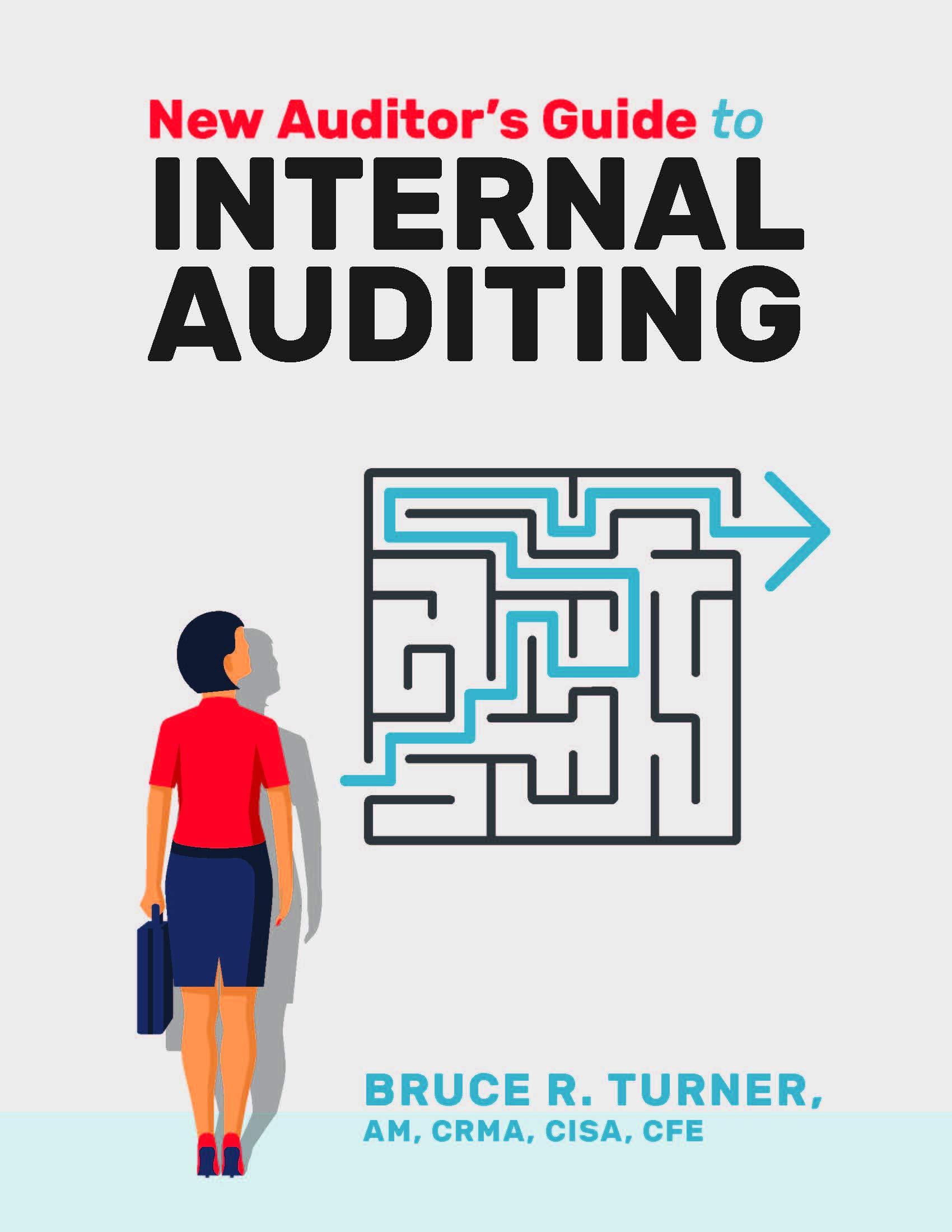
This question asks you to reconsider the model of optimal sin taxes that we studied in class when there is heterogeneity in people's tastes for potato-chip consumption (in addition to heterogeneity in self-control problems). Suppose that everyone has y = 40 (everyone has the same susceptibility to health consequences). Suppose that 1/2 of the population has b=1 while 1/2 of the population has B = 0.85. Suppose further that 2/3 of the population has p = 75 and the other 1/3 of the population has p = 45, where the distributions of B and p are independent. Note that there are four types: (i) people with B = 1 and p = 75; (ii) people with B = 1 and p=45; (iii) people with B =0.85 and p = 75; and (iv) people with B =0.85 and p = 45. (a) As a function of t, how many potato chips will each type consume? (b) As a function of t, what is the uniform lump-sum transfer? (c) For each type, compare people's utility for t=0% vs. t = 10%. (d) Are all types better off when t = 10%? Provide some intuition for this answer. (e) Are the two types with B = 1 on average better off? Are the two types with B = 0.85 on average better off? Provide some intuition for this answer. = This question asks you to reconsider the model of optimal sin taxes that we studied in class when there is heterogeneity in people's tastes for potato-chip consumption (in addition to heterogeneity in self-control problems). Suppose that everyone has y = 40 (everyone has the same susceptibility to health consequences). Suppose that 1/2 of the population has b=1 while 1/2 of the population has B = 0.85. Suppose further that 2/3 of the population has p = 75 and the other 1/3 of the population has p = 45, where the distributions of B and p are independent. Note that there are four types: (i) people with B = 1 and p = 75; (ii) people with B = 1 and p=45; (iii) people with B =0.85 and p = 75; and (iv) people with B =0.85 and p = 45. (a) As a function of t, how many potato chips will each type consume? (b) As a function of t, what is the uniform lump-sum transfer? (c) For each type, compare people's utility for t=0% vs. t = 10%. (d) Are all types better off when t = 10%? Provide some intuition for this answer. (e) Are the two types with B = 1 on average better off? Are the two types with B = 0.85 on average better off? Provide some intuition for this answer. =







